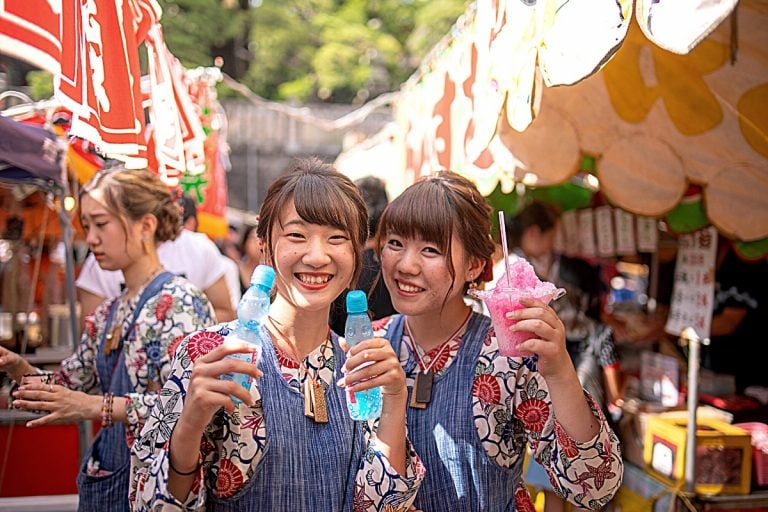
Japanese summers are infamously hot and humid. But that’s why Japan has a thousand-year tradition of summer foods designed to be as refreshing as possible. These 15 foods will keep you cool, healthy, and hydrated, even on the hottest of days!
1. Kakigori
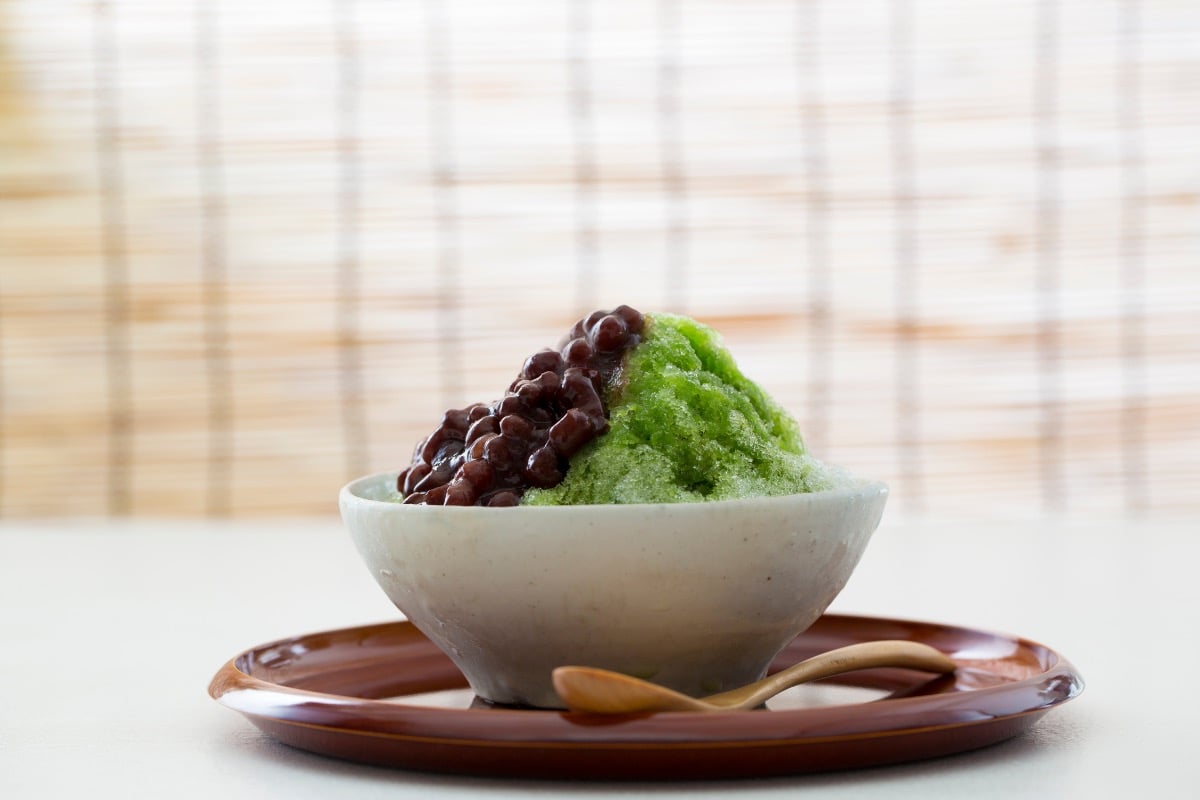
Kakigori was first invented over one thousand years ago, during the Heian era. At the time, it was a summer dessert reserved for the nobility. Fortunately, now it’s available to everyone! Kakigori is a mound of shaved ice, drizzled with fruit syrups, condensed milk, or matcha. Every year starting in June, festival stalls, convenience stores, and cafes begin offering this light, refreshing dessert.
2. Anmitsu
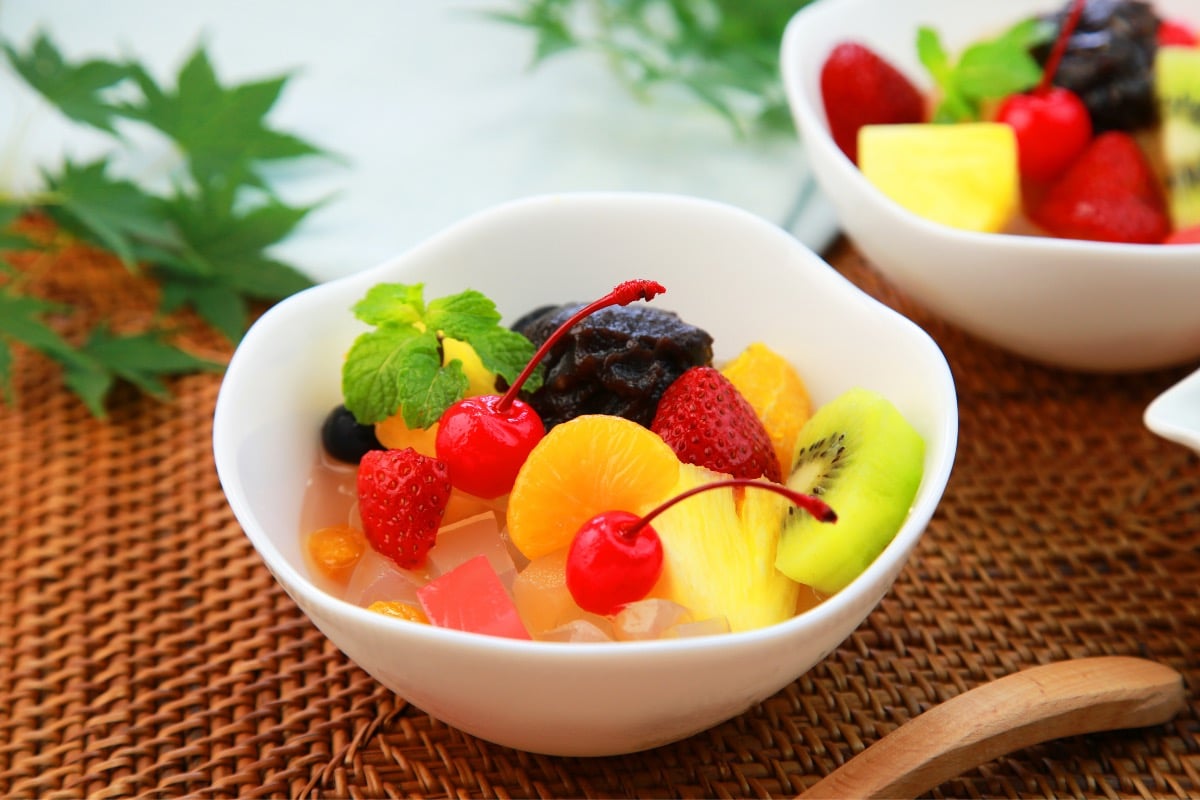
Anmitsu is a cold dessert made of small agar jelly cubes, brown sugar syrup, azuki bean paste, red peas, and fruit. The variety of flavors and textures in Anmitsu combines perfectly. You can get anmitsu at traditional Japanese cafes and teahouses in the summer.
3. Zaru Soba and Zaru Udon
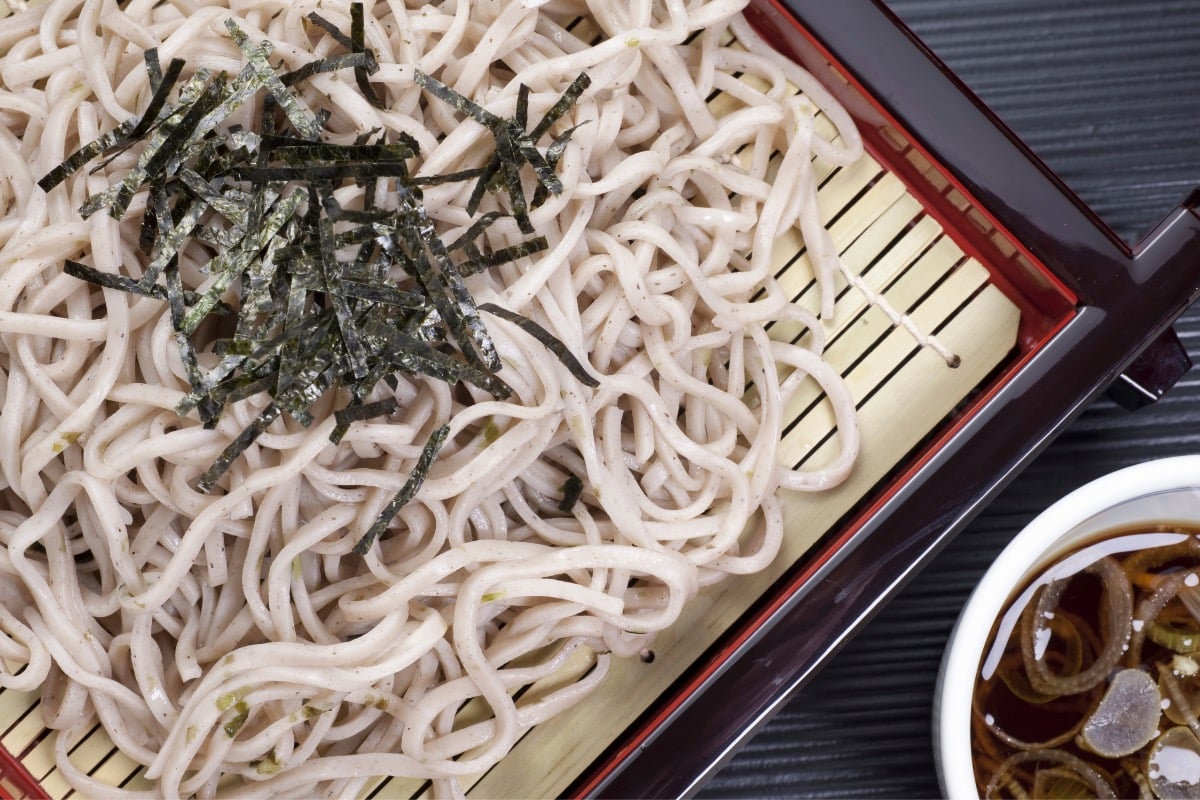
You are probably already familiar with delicious soba and udon noodles. However, in summer, you don’t want to drink hot noodle soup. The zaru varieties solve this problem, as the noodles are served cold, accompanied by a cool dipping sauce instead of hot broth. The noodles are named for the “zaru” or bamboo strainer they are served on.
4. Eel
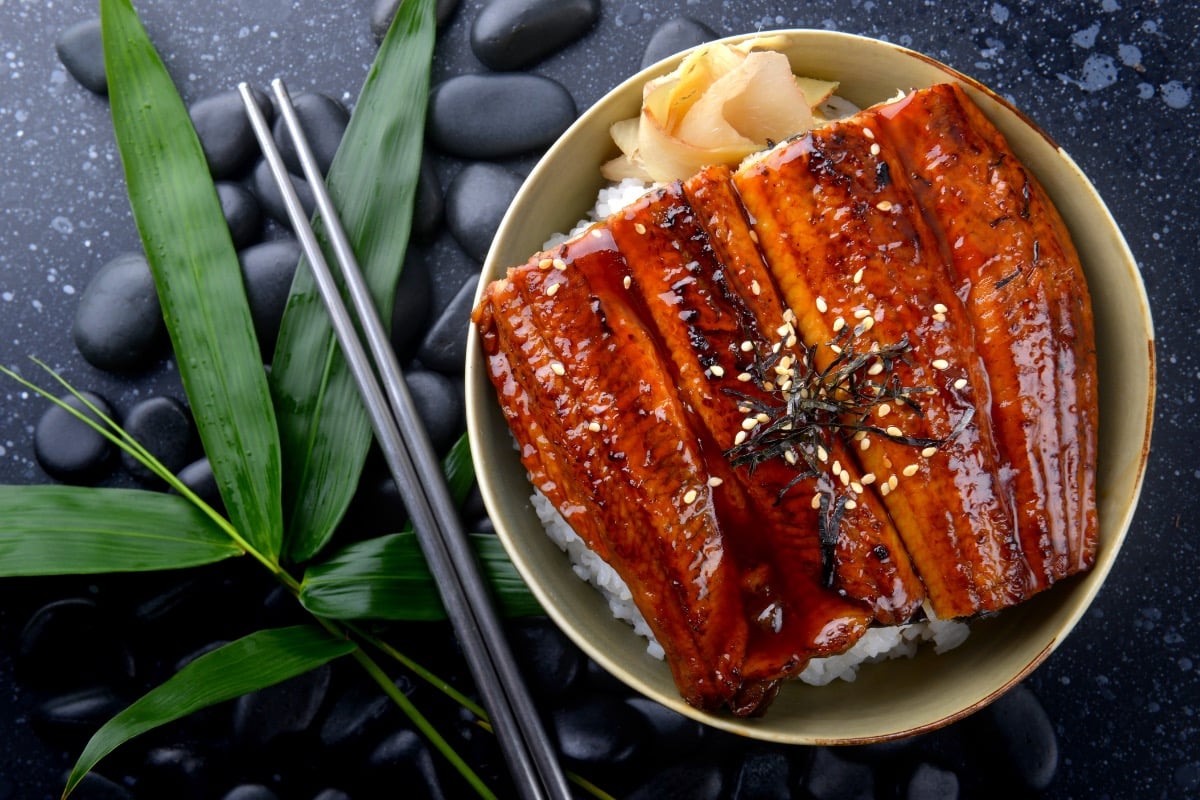
Eel or unagi isn’t the first food you’d think of when it comes to cooling off. However, eel is full of minerals, vitamins, and calcium, which in Japan is believed to help stave off summer’s heat exhaustion. This fortifying meal is delicious as well as nutritious. The eel is roasted* with a sweet sauce,
5. Somen
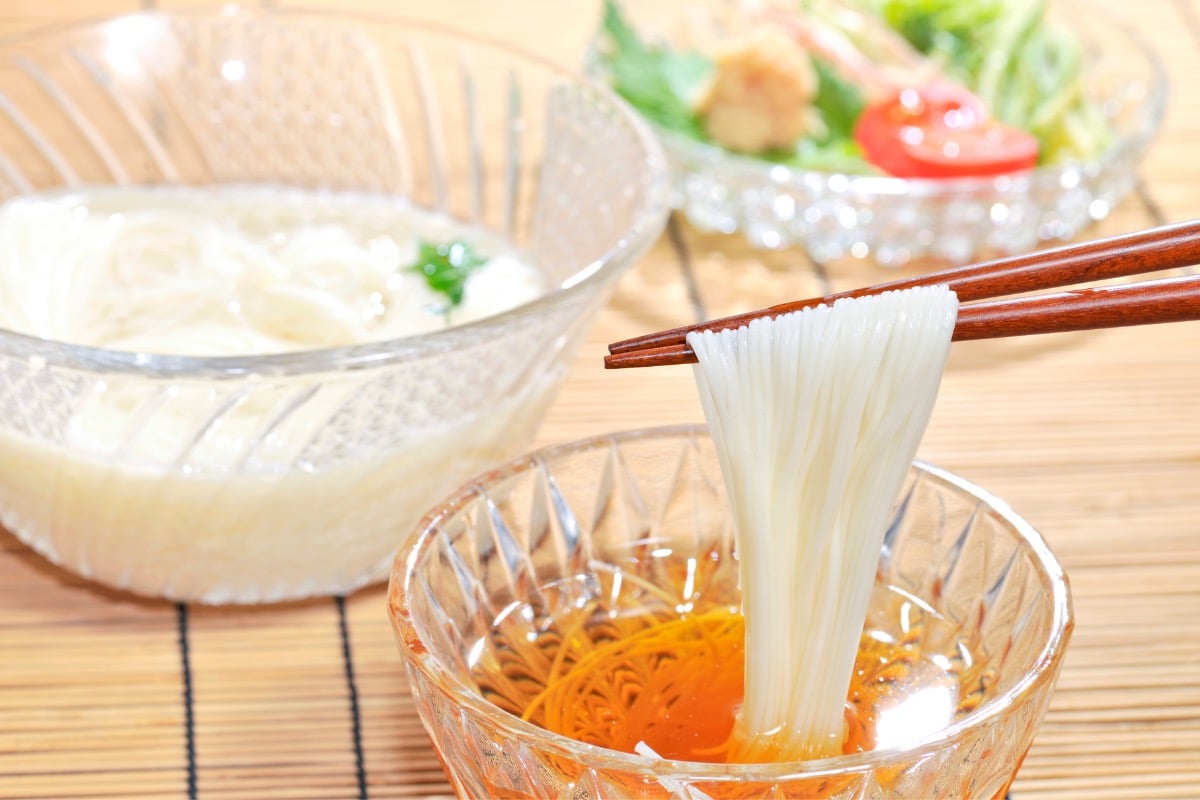
Somen are thin Japanese rice noodles, served with a cold shoyu-based dipping sauce. For a special treat, try nagashi somen (flowing noodles), a fun dish where you have to catch your noodles as they flow down bamboo tubes.
6. Hiyashi Chuka
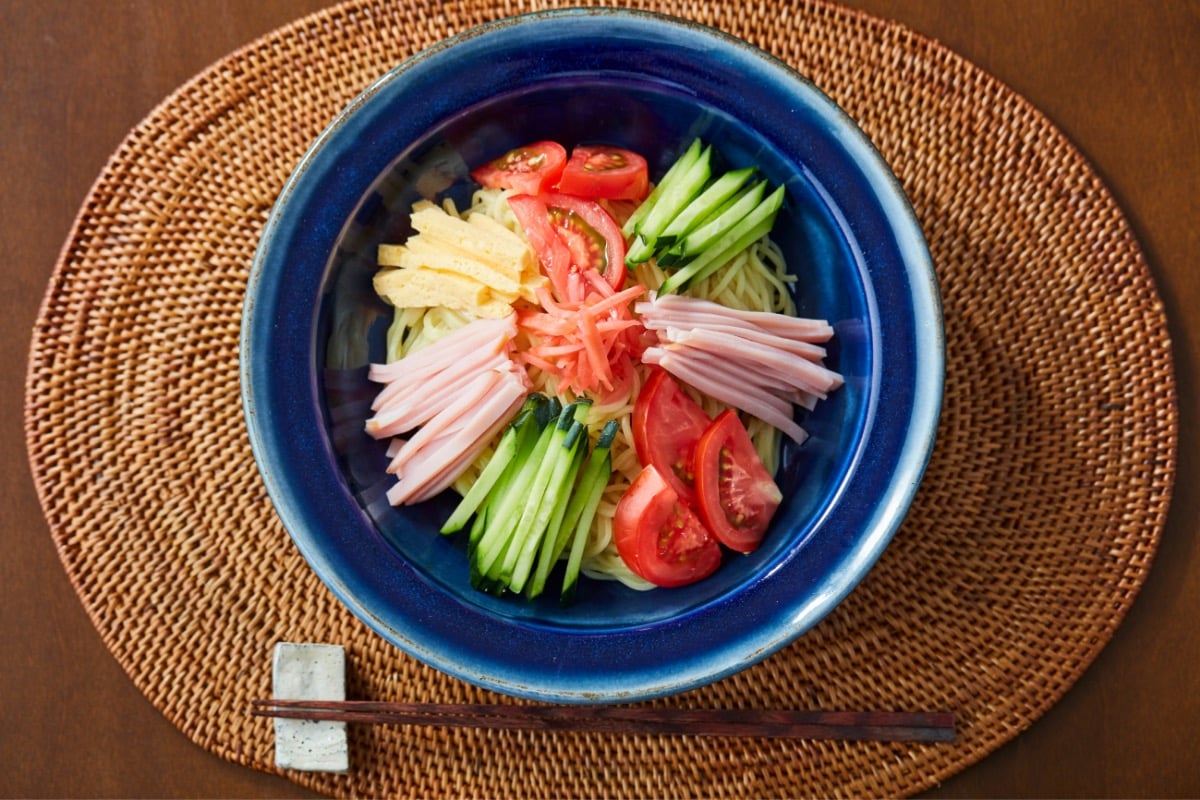
Hiyashi Chuka is what you get if you combine ramen with a salad. Ramen noodles are served with fresh vegetables, ham, and egg, then topped with a soy sauce and sesame dressing. This light dish is much easier to eat than a steaming bowl of ramen when it’s hot out but just as tasty!
7. Kuzu-mochi
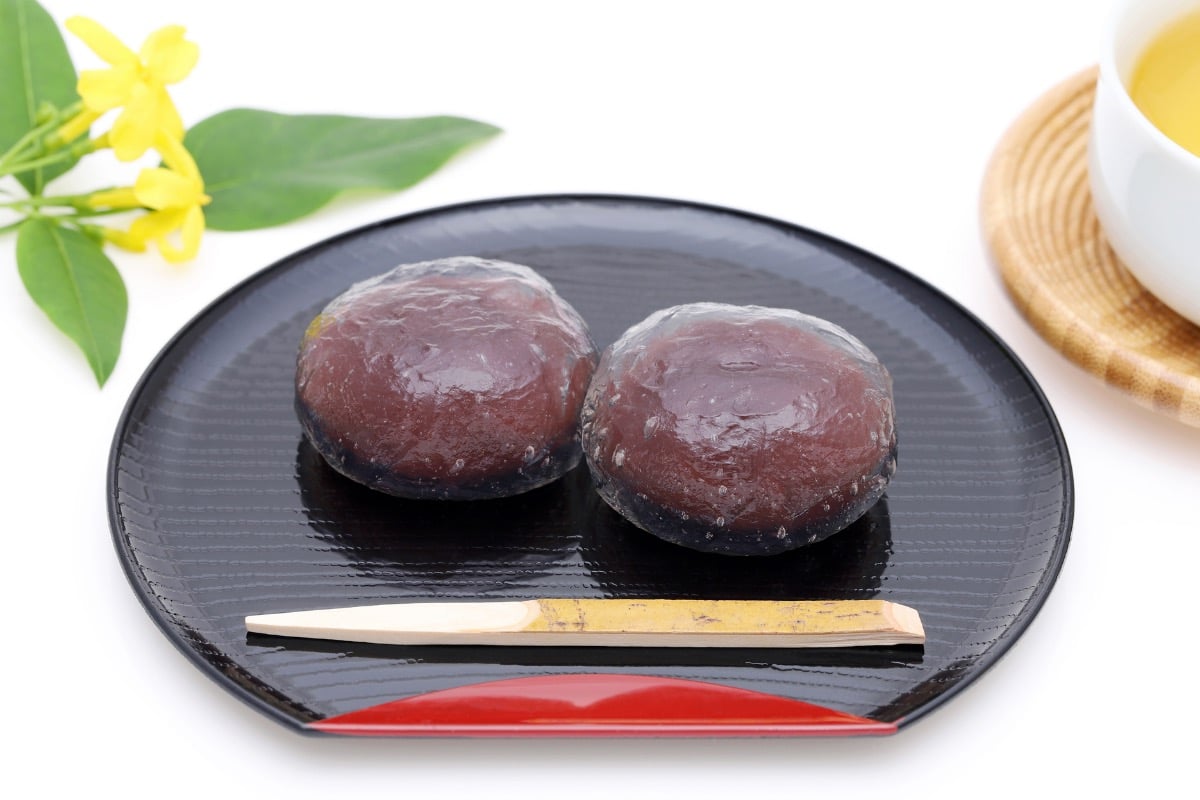
Kuzu-mochi is mochi made of powder from the kudzu (arrowroot) plant rather than the typical rice flour. It is a translucent white mochi cake, with a stickier, softer texture than a regular mochi cake. It is best when chilled, with a sprinkle of kinako powder and black sugar syrup.
8. Rei Shabu
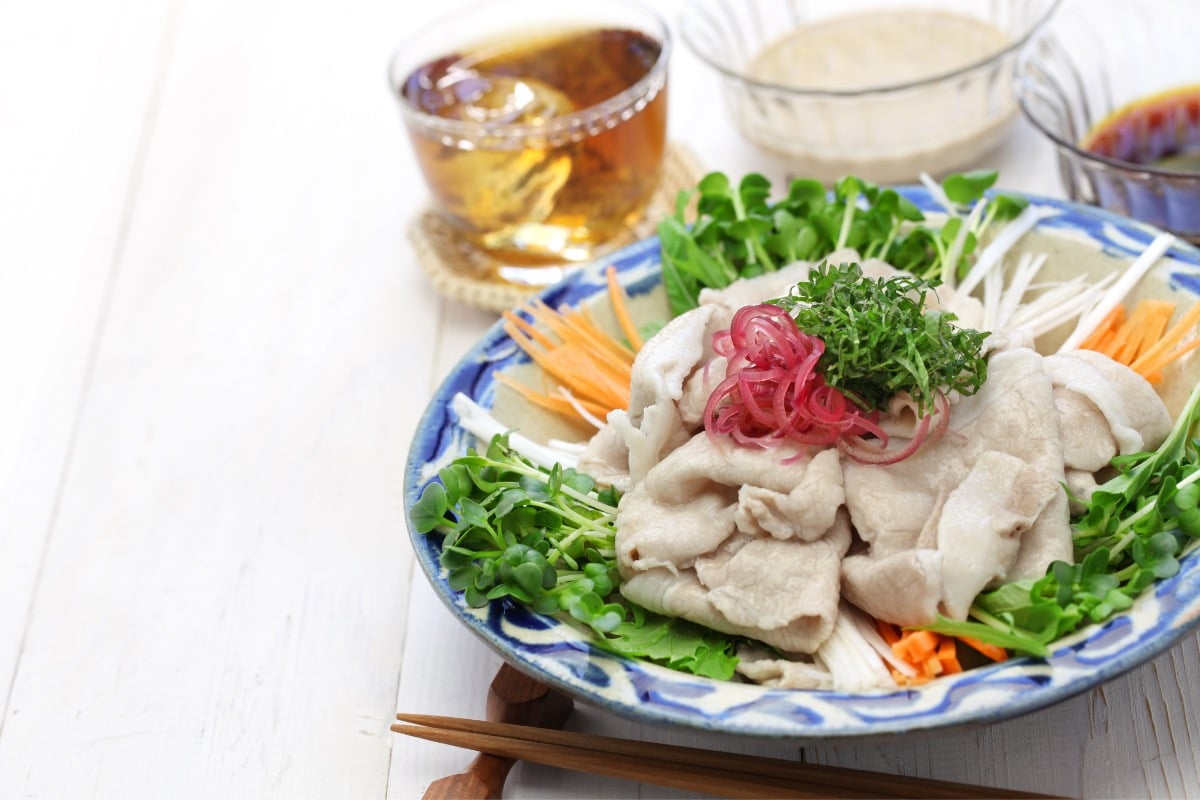
“Rei” means cold in Japanese, as this pork shabu shabu (hotpot) is served cold! It is made with boiled pork which has been given time to cool and uncooked vegetables like cucumber and onion. The dish is either topped with a salty dressing or served with a dipping sauce. Rei shabu is an easy, healthy, and refreshing meal, perfect for a summer‘s lunch.
9. Ayu
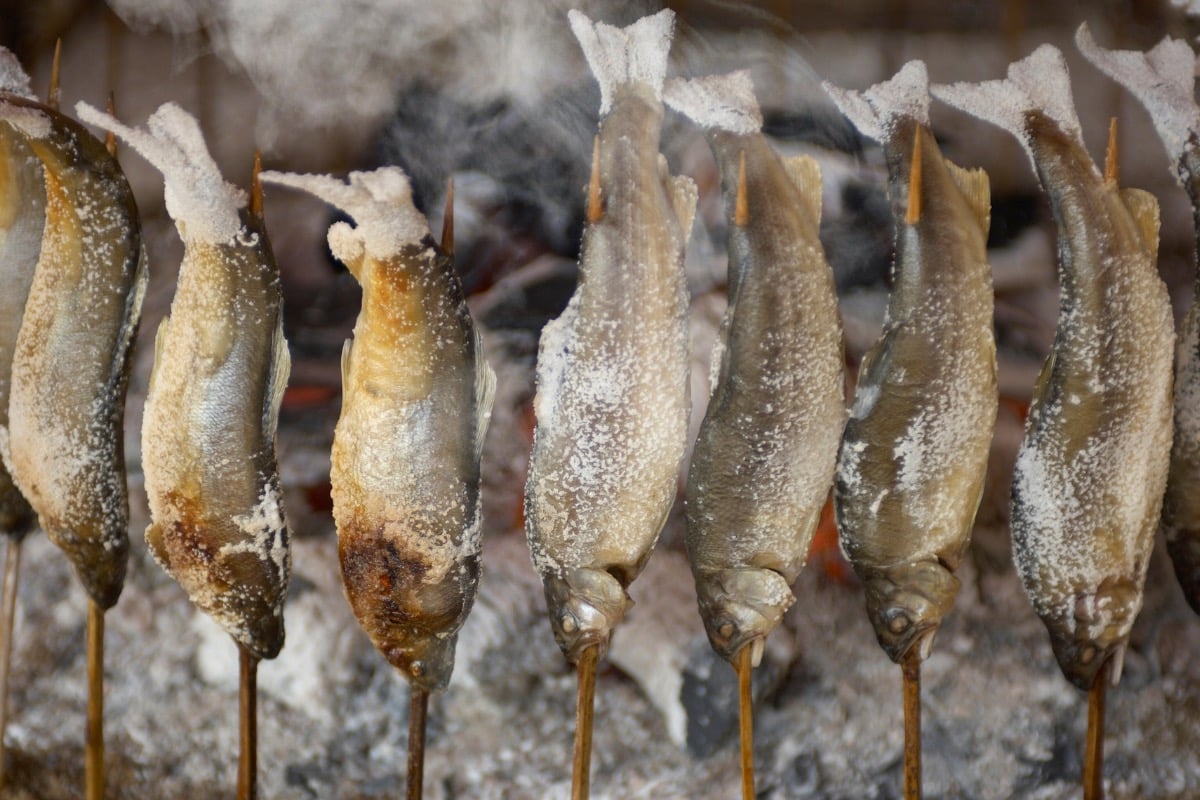
At summer festivals across Japan, you can spot stalls selling these fish, gently roasting over open flames. Ayu, or sweetfish, are associated with summer in Japan because the fish are only in season from June to August. The name sweetfish comes from the sweetness of the fish’s flesh, which is said to have a light flavor of melon and cucumber. A roasted ayu is a great snack to enjoy while you stroll around a festival’s stalls.
10. Goya Chanpuru
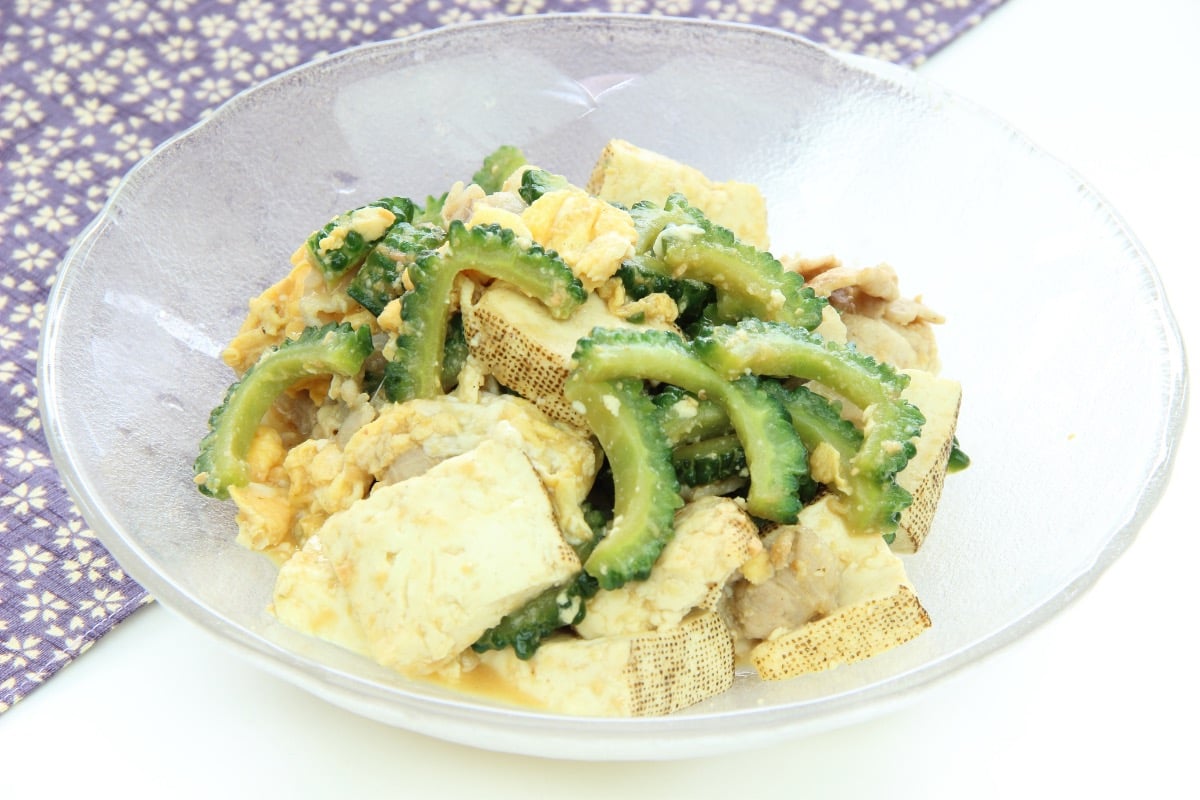
Goya Chanpuru is an Okinawan specialty, in which goya, or bitter gourd, is stir-fried with egg and meat. As goya is in season from June through August, goya chanpuru is usually only served in the summer months. The bitterness of the goya may be off-putting for some, but it is full of vitamin C, many types of antioxidants, and even a phytonutrient shown to lower blood sugar levels.
11. Tokoroten
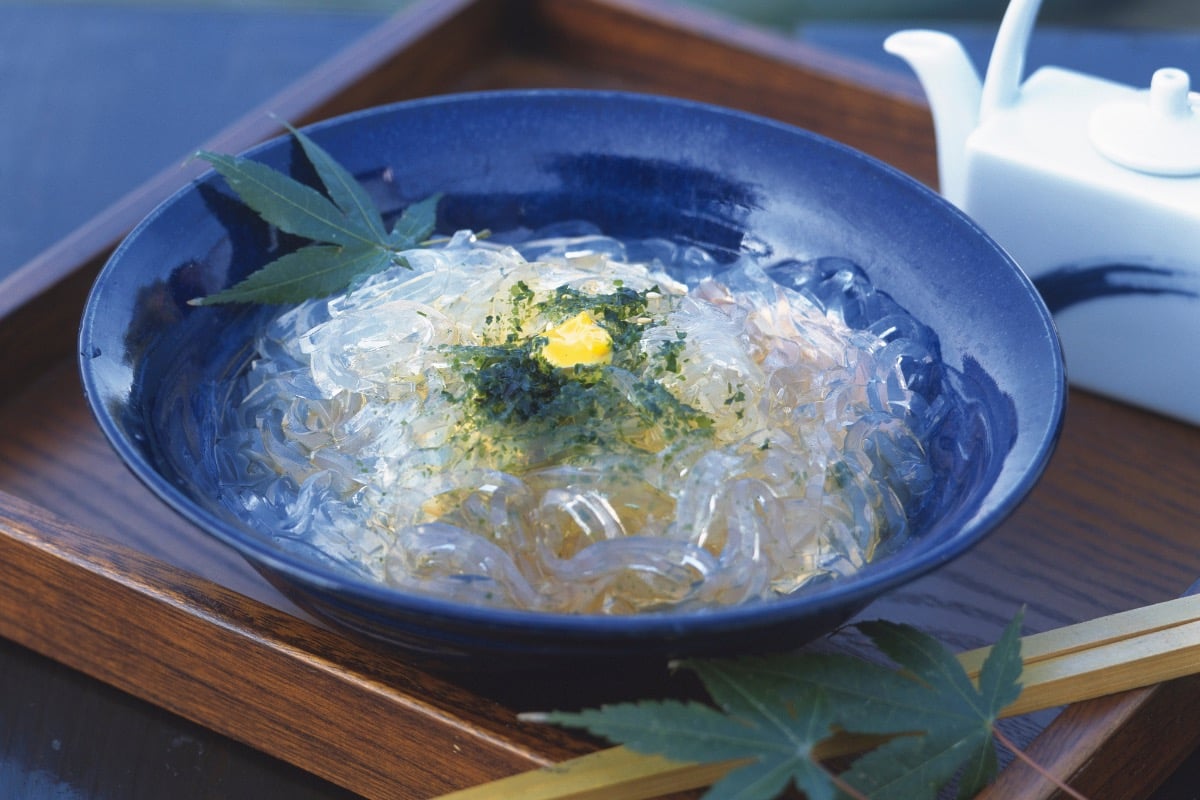
Tokoroten are clear jelly noodles, made of agar-agar (also called kanten) and chilled. Tokoroten can be eaten as a savory dish with nori and soy sauce, or as a dessert, with a black sugar syrup (a Kansai specialty). The slippery glass noodles have been served in Japan since the Heian era.
12. Hiyayakko
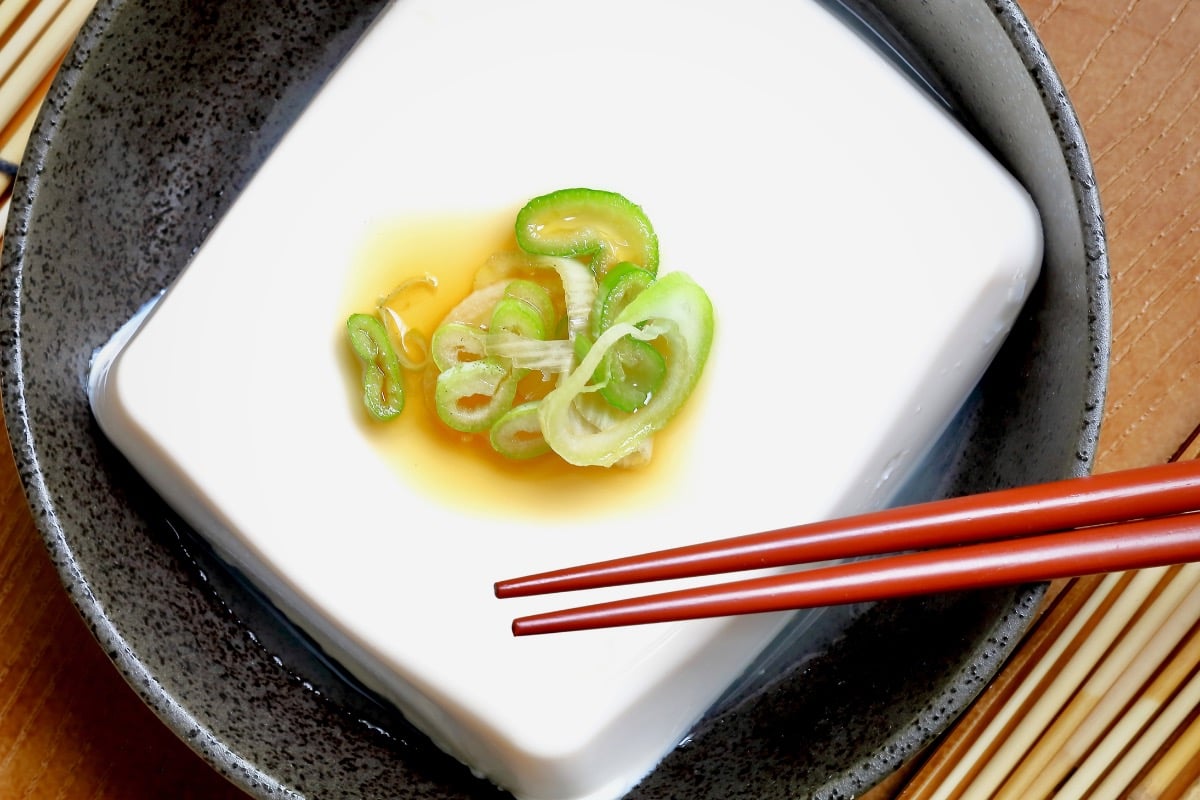
To make Hiyayakko, you simply add toppings to a block of chilled tofu. Popular toppings include ginger, wasabi, soy sauce, perilla leaf (shiso), pickled plum (umeboshi), and yuzu, although there are many more possibilities. The dish makes for an easy and filling summer snack.
13. Warabi-mochi
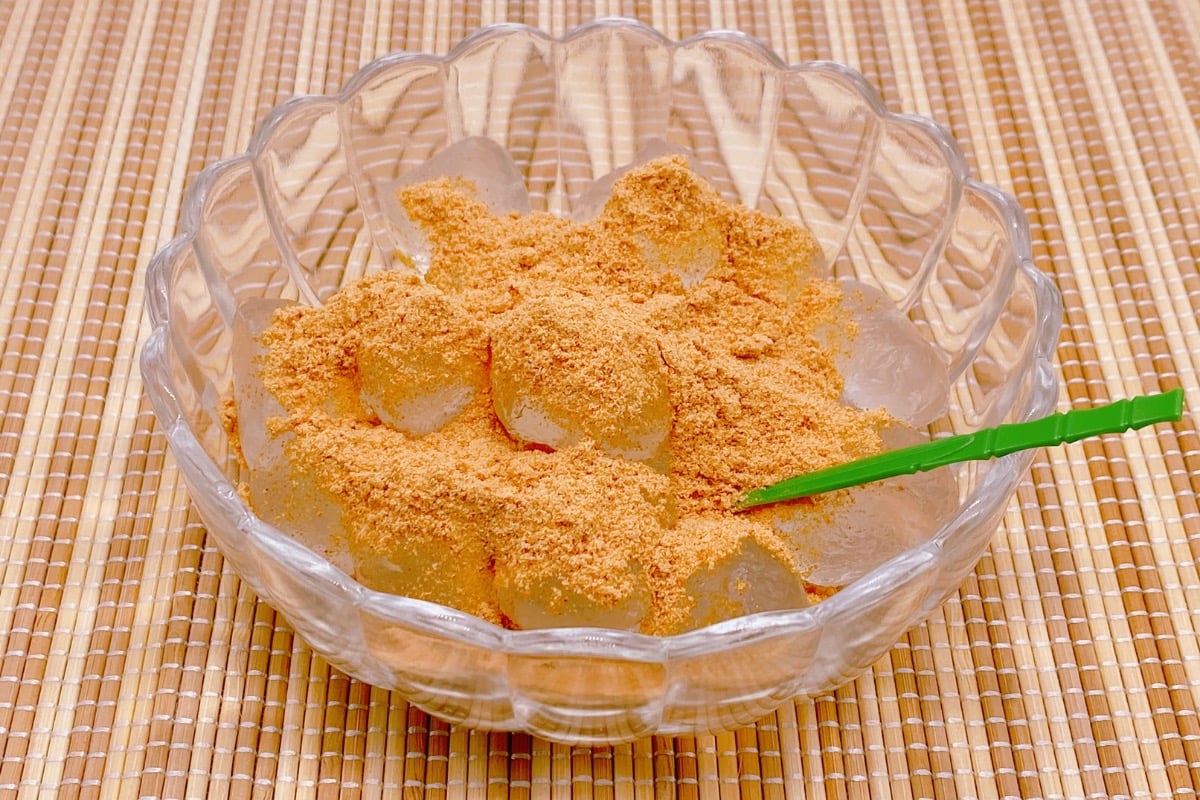
Warabi-mochi is another kind of “mochi” not made with mochi rice flour. Warabi-mochi is made from the root of the warabi fern plant. However, as the root is difficult to obtain and process, some commercial warabi is made from potato or tapioca flour. The resulting jelly is translucent and delightfully chewy.
14. Umeboshi

Umeboshi is made from sun-dried plums pickled in salt. The sour preserved plums are a common addition to meals in Japan. Their strong flavor goes well with blander dishes like rice and tofu. The plums’ high sodium content also makes them a great way to combat heatstroke during the sweltering Japanese summers.
15. Salty Watermelon
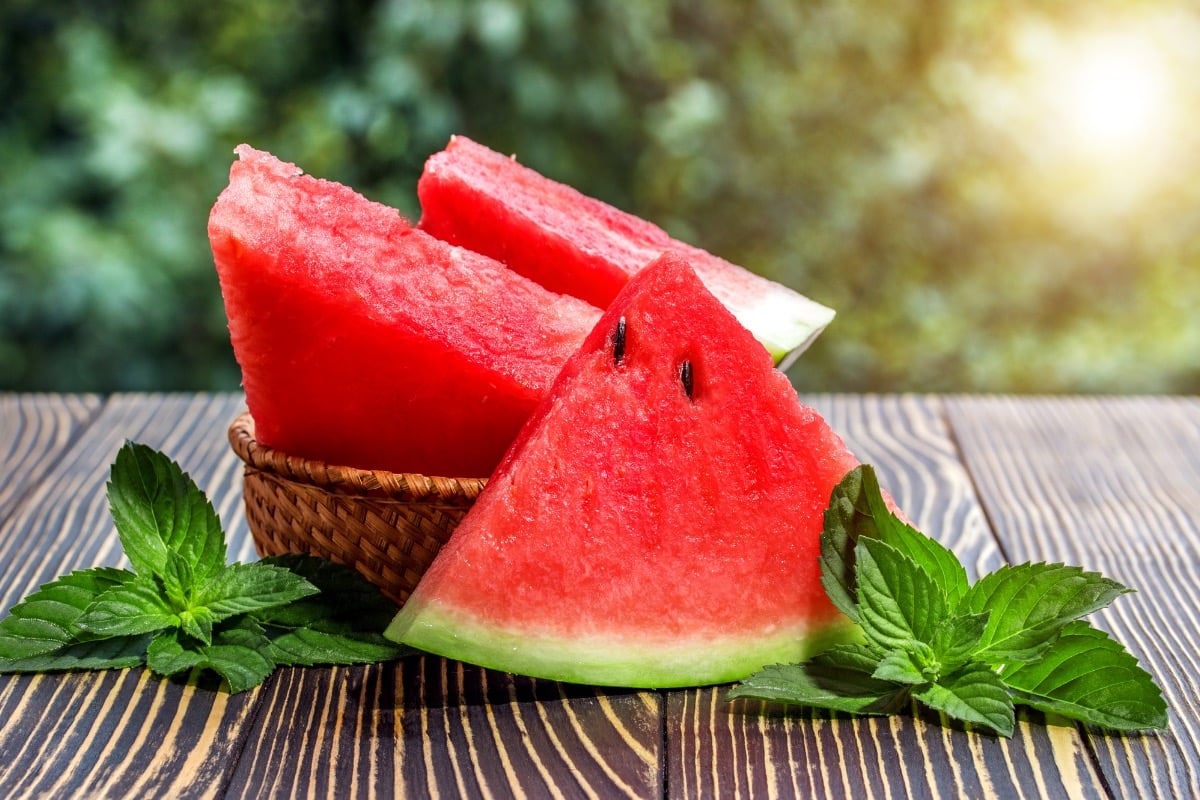
In Japan watermelon is often eaten with a sprinkle of salt. This may sound strange, but the salt brings out the sweetness of the watermelon, plus it replenishes the sodium your body needs during summer!















